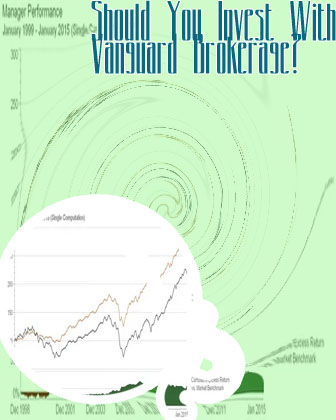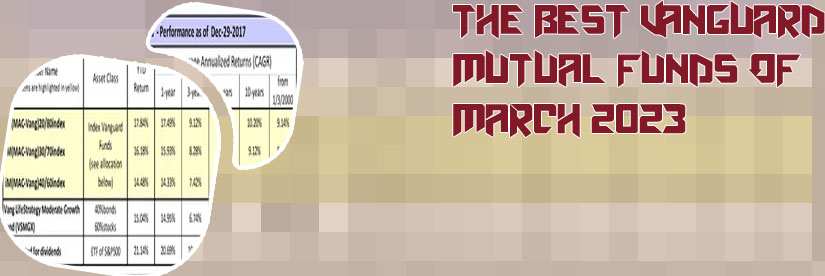|
|
ETFs and Index Funds: what’s the difference?
Yarilet Perez is an experienced multimedia journalist and fact-checker with a Master of Science in Journalism. She has worked in multiple cities covering breaking news, politics, education, and more. Her expertise is in personal finance and investing, and real estate. Best vanguard funds for young investors One possible disadvantage is that a passively-managed ETFs is designed to track an index. That means it typically will not outperform it. If your goal is to beat the market, then an ETF may not meet your needs. Another disadvantage is the potential for low trading volume. This results in wider bid-ask spreads. In turn, that can mean that you may not be able to buy or sell shares at the price you expect. It's a good idea to check on trading volume before you decide to buy a particular ETF. Wide bid-ask spreads can also represent a hidden cost that you may not realize exists.
Vanguard minimum investment funds
Best for: Those who want super low fees – and are happy to only invest in funds VFIAX vs. VTSAX: Which Should I Choose? Fund Performance: The Invesco India Arbitrage Fund has given 4.92% annualized returns in the past three years and 5.61% in the last 5 years. The Invesco India Arbitrage Fund belongs to the Hybrid category of Invesco Mutual Funds. 
What both investment funds excel at
Vanguard. "Vanguard S&P 500 ETF (VOO)." Vanguard Balanced Index Fund (VBIAX) The expense ratio is the fee that investors pay to the fund house for the fund's management. A low expense ratio, thus, means that more money remains invested in the market making Vanguard mutual funds an attractive choice for investors. Let’s assume that you have invested $5000 in a fund with an expense ratio of 1.5%. Therefore, you have paid $75 to manage your money. And if the fund earns 10%, the investor would get a return of 8.5%. So, no doubt, an expense ratio cut means significant savings for an investor.
Vanguard young investors
Yet, Vanguard’s index funds have performed well—but not as well as their actively managed siblings. I suspected before starting this article that the company’s actively run funds had shone. (The advantage for veteran researchers lies not in being able to outthink younger heads, but instead in walking down fewer blind alleys.) However, I did not anticipate this degree of success. Use whatever rule you wish to select 10 funds. Rarely, if ever, will the future returns for that group, risk-adjusted or otherwise, land in the 14th percentile. How to Invest in ETFs for Beginners Who is it good for?: Great for investors looking for a relatively low-cost index fund that focuses on technology and growth companies.
|


